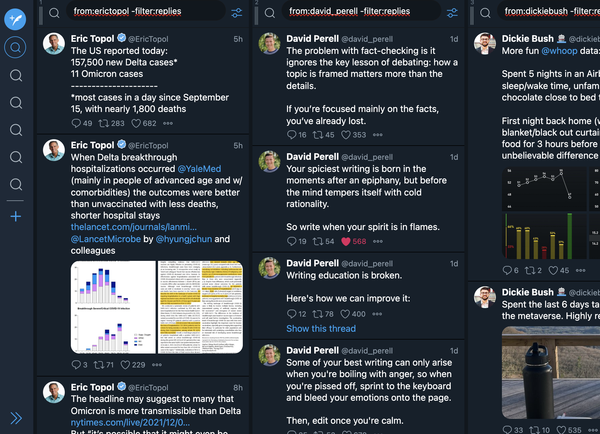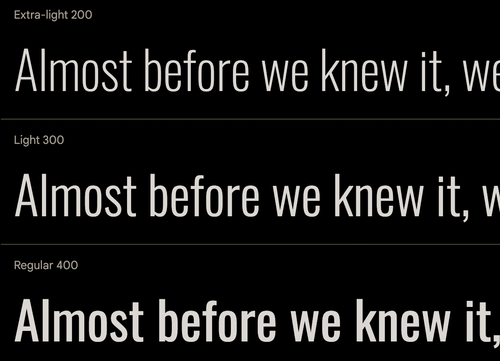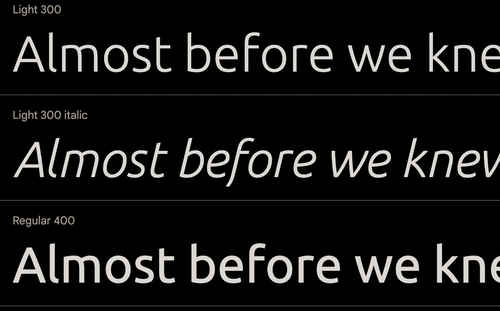2021-12-07
Today was talk day in Las Vegas. I will have a lot more details to write about the talk later, but giving this (non-recorded) talk was a super-fun experience both for me, and my co-presenter Alon Bochman. We had a great conversation afterwards, and among the many things we talked about was the importance of Beer Mode to me. I was reminiscing about the early days of the Ruby community that I was so fortunate to have been a part of and how the serendipitous conversations I had at those early RubyConfs forever changed my life.
Speaking of serendipity, Hacker News is one of my best sources for random Beer Mode input. I saw Rockstar: a language for programs that are also hair metal power ballads tonight on HN and in the comments (unlike YouTube, always read the comments on HN), I discovered this incredible talk by Dylan Beattie the guy who spec'd, implemented and performed a program written in Rockstar.
This instantly became one of my favorite talks of all time. It looks at programming as an art form - especially given that all his examples which range from Conway's Game of Life through to the mathematics behind Mendelbrot plots, the esoteric world of programming quines (programs that print themselves as output) and polyquines which are beyond incredible, and finally his performance of a program written in Rockstar.
Watching this reminded me of Giles Bowkett's incredible Archaeopteryx talk that I was fortunate enough to have watched live at RubyConf Salt Lake City almost a decade ago. He was featured recently in another book that I love called So Good They Can't Ignore You by Cal Newport. This is a masterful talk that was also a piece of performance art.
This sent me down memory lane thinking about incredible talks that I have seen in the past. This talk by Guy Steele Jr. was and remains at the top of my list of most incredible performance art talks that I have seen. This also relates somewhat to Ruby as I attended my one and only OOSPLA in 2005 just before I attended my first RubyConf in 2005 as part of a "learning vacation" that I took back then. So good - it starts off super weird but I promise you it's worth sticking through to the end.
I finished implementing the zola serve preview in my vscode-zola VS Code extension. It contains everything that I know (which isn't very much) about writing extensions, JavaScript and TypeScript. I also learned how to package my extension into a VSIX using the vsce tool so now I can write using VS Code and not have to first build and run my extension from another VS Code! If I find that I like how I use it over the next few days, I'll publish it to the VS Code Marketplace and post a link to the zola community. #




